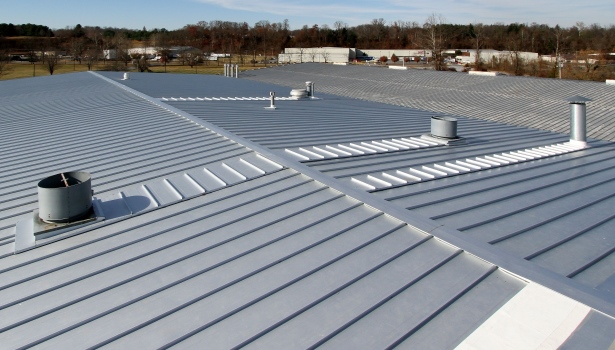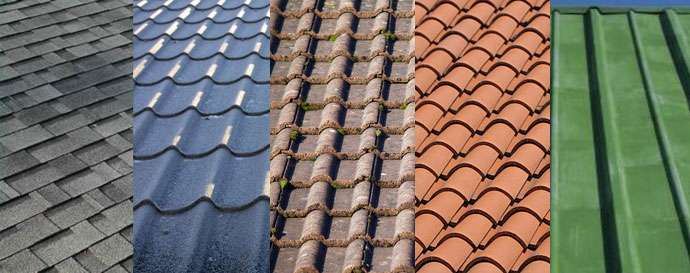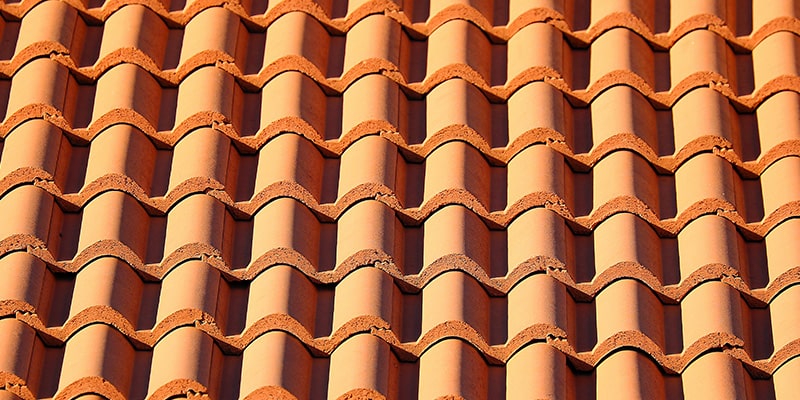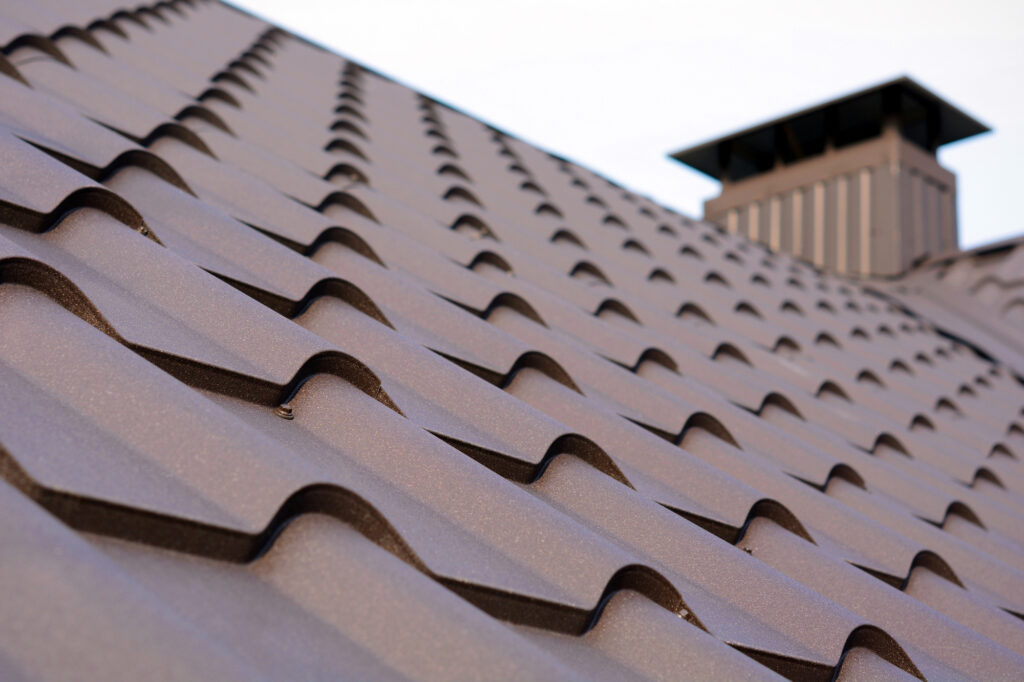A strong, durable roof is essential for protecting your home from harsh weather, ensuring safety, and maintaining energy efficiency. Most homeowners agree that a well-maintained roof can save them from costly repairs and unexpected damage.
However, many people underestimate how quickly wear and tear can shorten a roof’s lifespan. Without regular maintenance, small issues like missing shingles, leaks, or poor ventilation can turn into major structural problems, leading to expensive replacements.
In this guide, we’ll break down how long does a roof last, different roofing materials, key factors that affect durability, and expert tips to extend your roof’s life—helping you avoid unnecessary expenses and maximize your investment
Table of Contents
Factors Affecting Roof Lifespan

Climate and Weather Conditions
Extreme weather conditions such as heavy rain, snow, hail, and strong winds can significantly impact your roof’s lifespan. Roofs in areas with frequent storms or extreme temperatures tend to wear out faster than those in milder climates.
Material Quality and Type
The type of roofing material plays a major role in its durability. High-quality materials generally last longer, whereas cheaper options may need replacement sooner.
Installation Quality
A poorly installed roof is more likely to develop leaks and structural issues. Hiring an roofing contractor ensures a properly installed roof that can withstand harsh weather conditions.
Maintenance and Repairs
Regular inspections and timely repairs can add years to your roof’s life. Neglecting minor damages can lead to bigger, more expensive problems down the road.
Lifespan of Different Roofing Materials

Asphalt Shingles (15-30 years)
Asphalt shingles are the most popular roofing material because they are cost-effective and easy to install. Standard 3-tab shingles last about 15-20 years, while architectural shingles can last up to 30 years.
Metal Roofing (40-70 years)
Metal roofs, including aluminum, steel, and copper, are highly durable and resistant to harsh weather conditions. With regular upkeep, metal roofs can have a lifespan of 40 to 70 years..
Tile Roofing (50-100 years)
Clay and concrete tiles are incredibly durable and resistant to fire and weather damage. They can last anywhere from 50 to 100 years with proper maintenance.
Wood Shingles and Shakes (20-40 years)
Cedar or wood shingles provide a natural look but require regular maintenance to prevent rot and insect damage. They can last 20-40 years, depending on climate and upkeep.
Slate Roofing (75-200 years)
Slate is one of the most durable roofing materials available. A well-maintained slate roof can last over a century, making it a long-term investment.
Flat Roofs (EPDM, TPO, PVC) (10-50 years)
Flat roofs are common for commercial buildings. Their lifespan depends on the material used—EPDM lasts 10-20 years, TPO/PVC can last 20-30 years, while built-up roofing (BUR) can last up to 50 years.
How to Extend the Life of Your Roof

Regular Inspections
Conducting routine inspections helps identify minor issues before they turn into costly repairs.
Proper Ventilation and Insulation
Good ventilation prevents moisture buildup, which can cause mold and structural damage.
Cleaning Gutters and Removing Debris
Clogged gutters can lead to water pooling on the roof, causing leaks and structural damage.
Prompt Repairs
Fixing minor issues such as missing shingles or leaks can prevent further damage.
Professional Maintenance
Hiring a roofing professional for periodic maintenance ensures your roof remains in optimal condition.
Signs That Your Roof Needs Replacement
Missing or Damaged Shingles
Cracked, curling, or missing shingles are a sign that your roof is deteriorating.
Leaks and Water Damage
Water stains on ceilings or walls indicate roof leaks that may require replacement.
Sagging Roof Structure
A sagging roof is a serious issue that indicates structural problems and potential collapse.
Mold, Algae, or Moss Growth
Excessive growth of moss or algae can lead to trapped moisture, accelerating roof decay.
Roof Replacement Costs and Considerations

Average Cost by Material
- Asphalt shingles: $5,000 – $10,000
- Metal roofing: $10,000 – $25,000
- Tile roofing: $15,000 – $40,000
- Slate roofing: $20,000 – $50,000
Labor and Additional Expenses
Labor costs vary based on location and complexity. Additional costs may include permits, disposal fees, and structural repairs.
Choosing the Right Contractor
Always hire a licensed, insured roofing contractor with good reviews to ensure quality installation.
Conclusion
How long does a roof last depends on its material, maintenance, and environmental conditions. Regular inspections and proper care can extend its life, saving you money in the long run. If you notice signs of wear, it may be time to consider a replacement to keep your home safe and protected.
Explore More : Is It Worth Trying to Install Insulated Siding Myself?
FAQs
What is the longest-lasting roofing material?
Slate roofs can last 75-200 years, making them the most durable option.
How often should I inspect my roof?
It is advisable to inspect your roof at least twice a year and after significant storms.
Can I extend the life of my roof with coatings?
Yes, roof coatings can add extra protection and extend the lifespan of some roofing materials.
How do I know if my roof needs repairs or replacement?
If your roof has extensive leaks, sagging, or multiple missing shingles, it may need replacement.
Does homeowner’s insurance cover roof replacement?
Insurance may cover damage caused by storms, but not general wear and tear.
